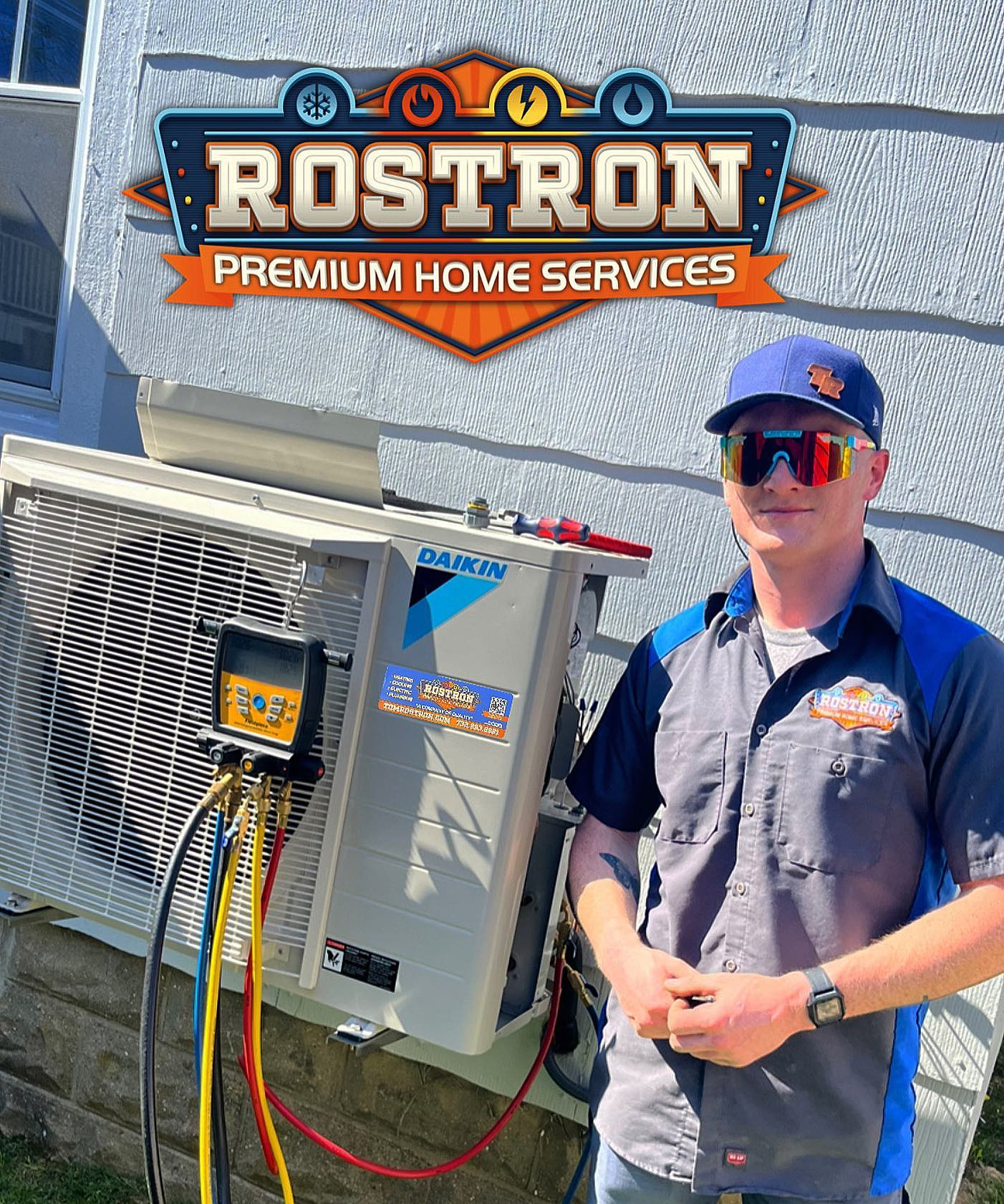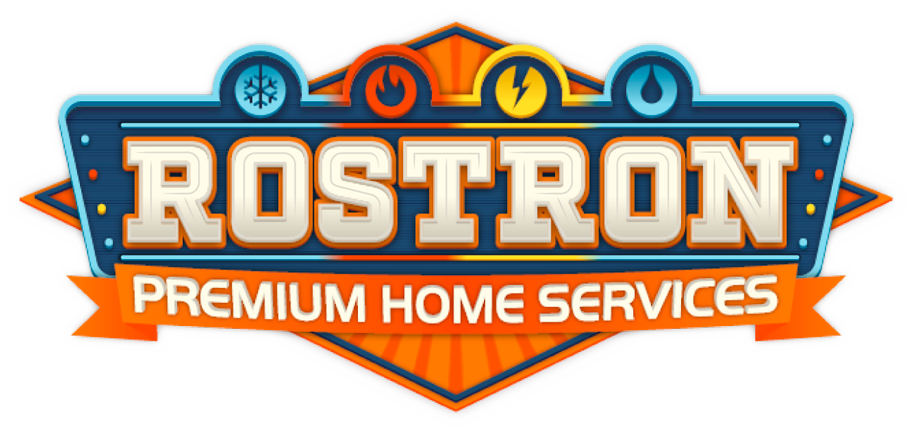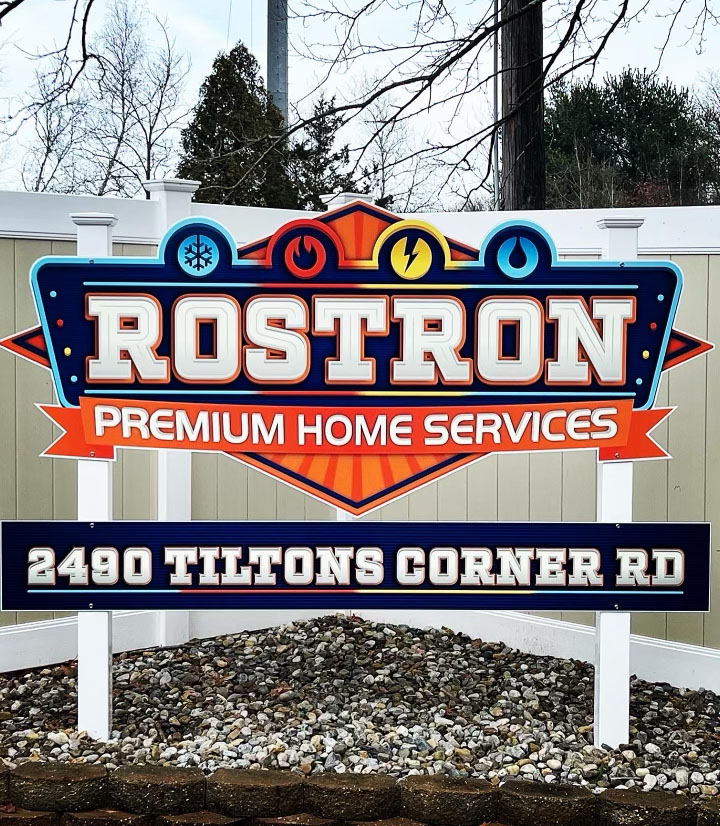
A dependable air conditioning system is essential in the dog days of summer. As the mercury soars, it’s time for HVAC maintenance to see if your old HVAC unit can survive another season.
Evaluating Your System’s Age
Even the most impeccably maintained system will only last up to two decades.
The aging process affects all mechanical entities, including your air conditioner. Its components steadily deteriorate as it ages, leading to recurrent breakdowns and hefty repair bills. Even if it barely functions, expect a surge in energy costs.
Identifying Symptoms of an Aged System
A central air system can fail anytime, but a sudden breakdown is a rarity. Usually, there are several warning signs before your air conditioner succumbs. Keep an eye out for these symptoms:
- Buzzing: Air conditioners frequently emit buzzing noises when facing airflow restrictions.
- Squealing: this could indicate a parched fan belt or a bearing requiring oil. However, if the sound originates from outside, you might be dealing with a refrigerant leak.
- Heightened energy consumption: When air conditioners deteriorate to complete disrepair, their efficiency can drastically drop, causing a significant increase in your electricity bills. Keep a close check on your energy bills.
- Unpleasant odors: Systems can gather dust or mildew, leading to that infamous “dirty sock” smell. Other odors might stem from a blocked condensate drain, which could leak water.
Determining the Age of Your Air Conditioner
The manufacturing date of your central air system can offer a reasonable estimate of its remaining lifespan. However, you might need to play detective to ascertain its age. Older air conditioners often have ambiguous labels and need clear information about their origin.
Step 1: Locate the label. The label should be on the inner side of the unit’s front door inside your house. Look on the label for a manufacturing date. If it’s not visible, you’ll need to examine the serial number for the year.
Step 2: Decode the serial number. The production week of the system is sometimes represented by the first two digits of the serial number. Similarly, the third and fourth numbers indicate the year. For instance, 1298 signifies that the system was produced in the twelfth week of 1998.
You might also like: Tips to Prepare HVAC Units for Hurricanes & Stormy Jersey Shore Weather.
This was the dating method adopted by many HVAC manufacturers during the 1990s. However, in the 2000s, they modified it. For systems manufactured in the year 2000 or later, the last four digits of the serial number are important. These refer to the month and year of production. For example, 0705 would mean the system was manufactured in July 2005.
Assessing Efficiency
Older units lack the efficiency of today’s HVAC systems, which offer superior comfort at a significantly lower cost. Modern systems incorporate energy-saving features such as:
- Variable-speed drive: HVAC systems with variable-speed technology provide more accurate control over the distribution of cooled air in your home. These systems operate at slower and lower levels, eliminating sudden on-off cycles.
- Higher SEER rating: The SEER or the Seasonal Energy Efficiency Ratio reflects a system’s efficiency. The higher the SEER, the greater the energy savings. Think of it as the MPG of the HVAC world. Manufacturers must fulfill a federal minimum of SEER 13, but the best models can reach SEER 20 or more. Many older models still in use today only have a SEER of 8 or less.
Professional HVAC Maintenance
If your system is nearing 15 years but mostly functions smoothly, you can extract another season from it with professional preventive HVAC maintenance from Rostron Premium Home Services. Meanwhile, start planning your budget for a new, more energy-efficient unit, which will save you money over time.
If you are looking for AC companies in NJ and its surrounding areas, please call or contact us online today. Rostron Premium Home Services has been aiding homeowners and businesses with AC maintenance, installation, and repair since 1989.



